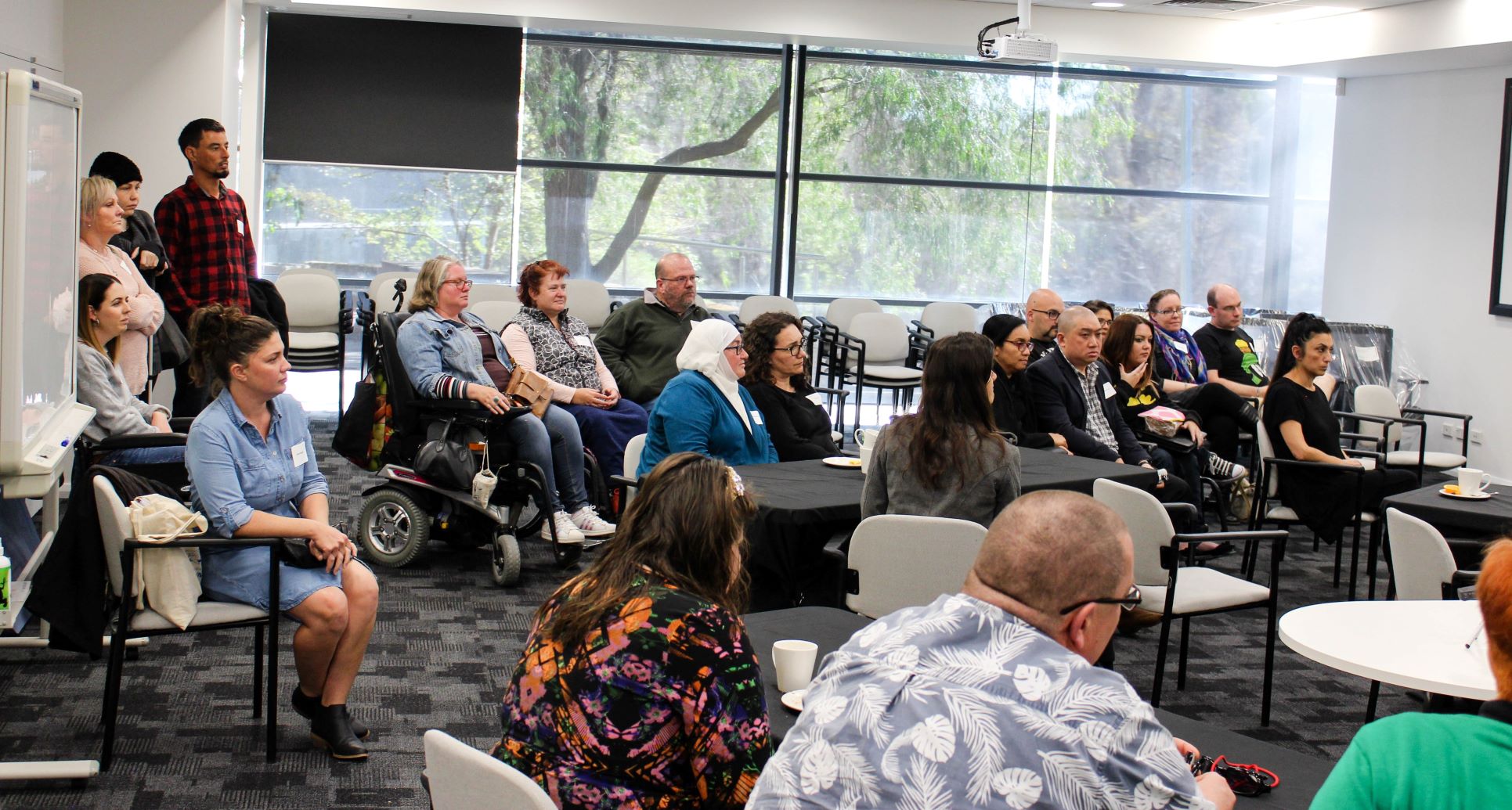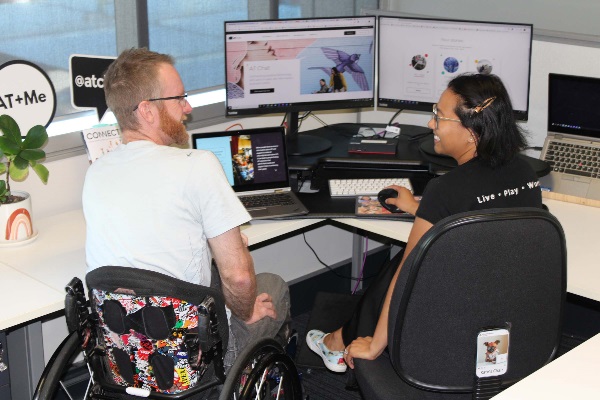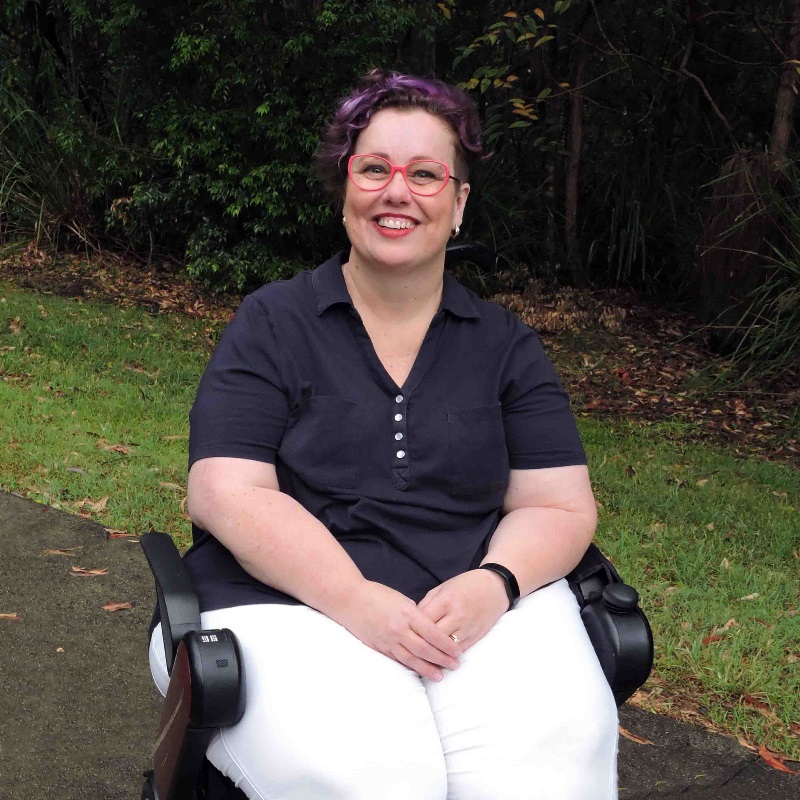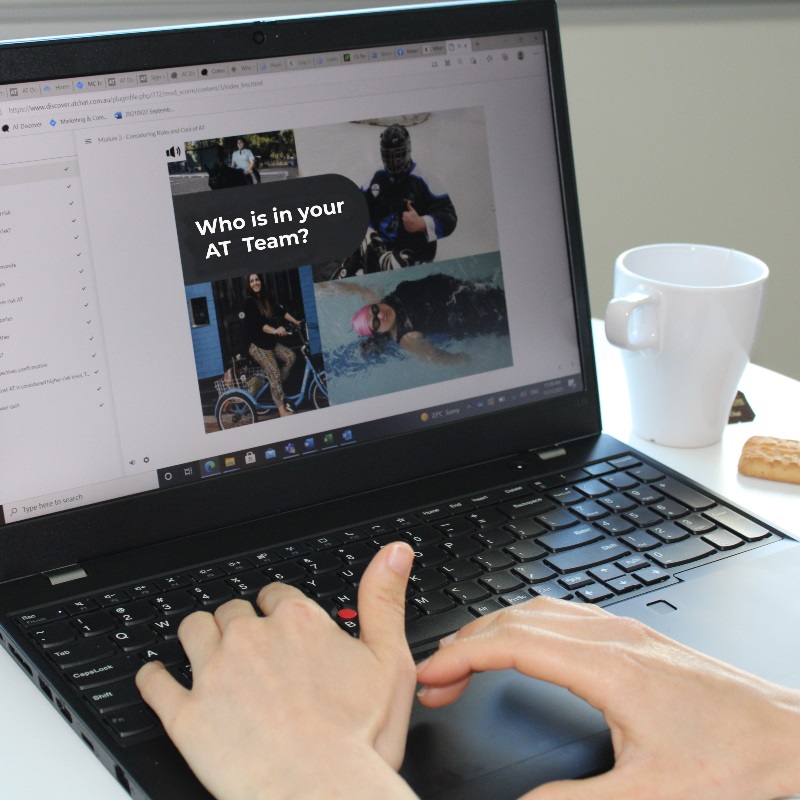Best Practice
Our best practice is a commitment to research, evidence-based practices, co-design and sharing our outcomes with our community.
In 2018, an NDIS Information, Linkages and Capacity Building Grant enabled AT Chat to develop the AT Navigation Program (formerly the AT Chat Peer Mentoring Program). Our goal was to co-design a holistic, person-focused, AT decision making support model that was based on three building blocks of evidence; co-design, peer support model and research.
The AT Chat team, led by Dr Natasha Layton, examined the learnings and outcomes of the co-designed online platform and peer support network through the newly published 2021 journal article: ‘Co-creating an assistive technology peer-support community: learnings from AT Chat’.
This article supports the co-design ethos involving critical evaluation of the roles of assistive technology (AT) users and professionals, and the transformation of AT service delivery steps into accessible, evidence-based resources.
Read the AT Chat journal article in full here.
Our Co-design
AT Chat brings an inclusive approach to finding out what “good looks like” in AT by ensuring AT users, AT experts, AT practitioners and the wider AT community are part of the development, design, and review of the AT Chat programs and content.
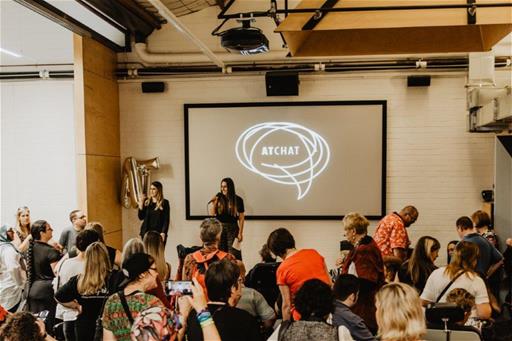
Our Peer Support Model
Building on two years of team development with intersectional capabilities, the AT Chat team brought their experience of running the Chatterbox AT peer support community, into the design process of the AT Navigation Program.
The AT Navigation Program is guided by a three-stage process called, Connect, Create and Control.

Our Research
AT Chat's research objective was to co-design an AT decision making support model with end users. This model would respond to individual capacity; facilitate choice and control; and recognise changing capacity.
Numerous iterations based on co-design methodologies led to the final peer mentoring model and guided the pilot conducted in early 2020.
